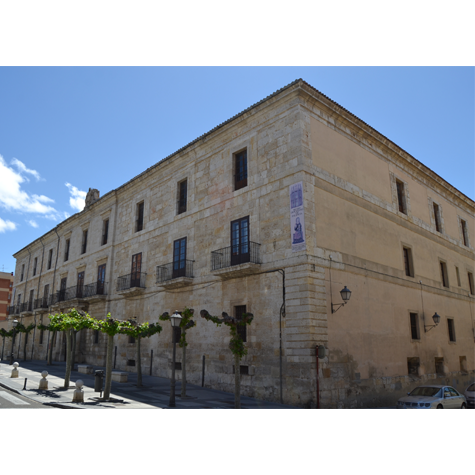Catalogue
ALTARPIECE OF THE VIRGIN OF BASCONES, VALDIVIA
BACKGROUND
The Diocesan Museum of Palencia is located inside the Episcopal Palace of this Castilian town. Thanks to the initiative of Bishop José Luis de Mollinedo, its Neo-Classical-style building was built following plans drawn up by Justo Antonio de Olaguíbel, an architect from Alava, between 1780 and 1799. The new building replaced an earlier one on which work started in 1567, but was never finished. That building, in turn, also replaced an even earlier one destroyed during a revolt in 1465.
It is a rectangular, four-storey-high monumental building of ashlar stone (whose upper floor is under the roof). It has a sober, porticated inner courtyard.
The first phase of the Museum was inaugurated in 1973 and, after several enlargements, extensions and the restoration of its installations, it opened once again to the general public in 1999. The Museum's fourteen exhibition halls hold a wide selection of high quality works representing different artistic manifestations of artists from the dioceses of Palencia.

